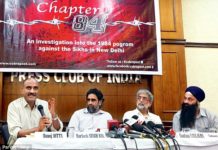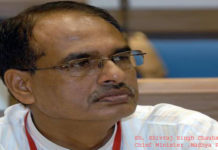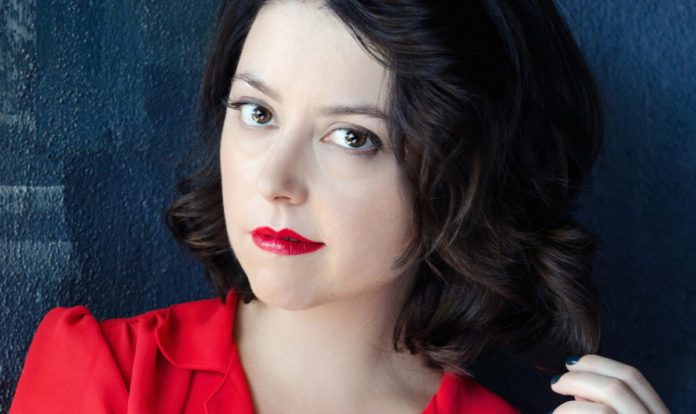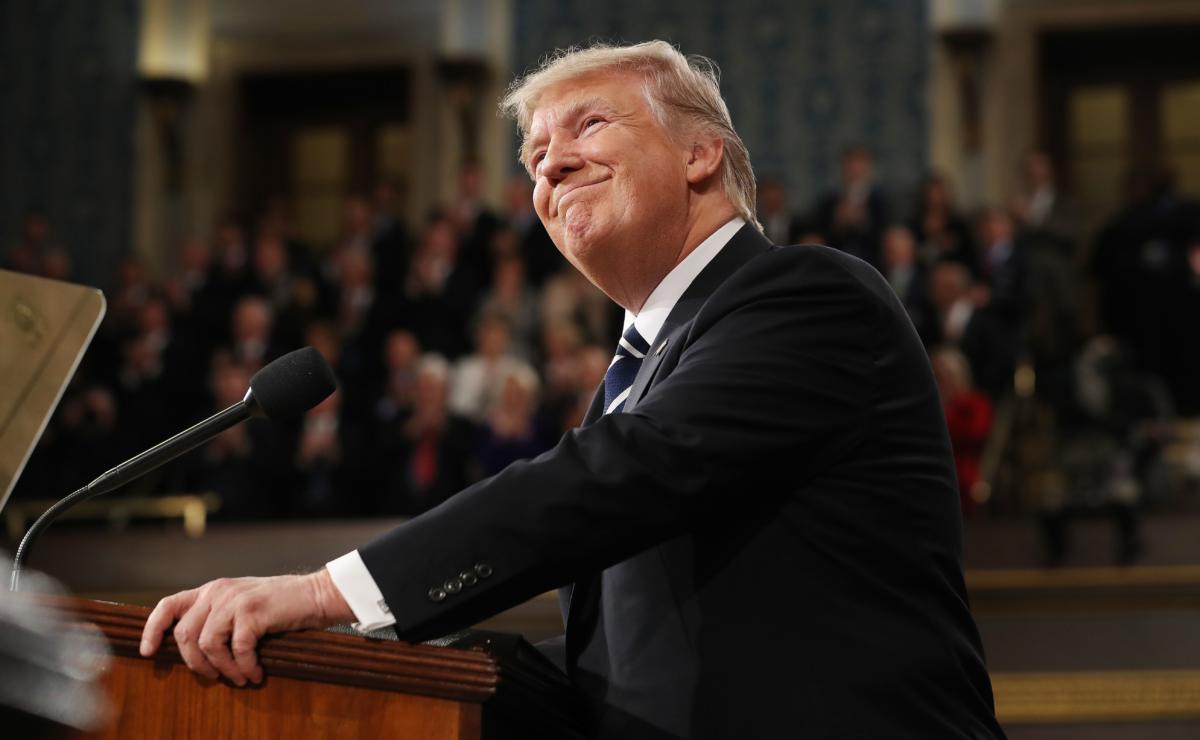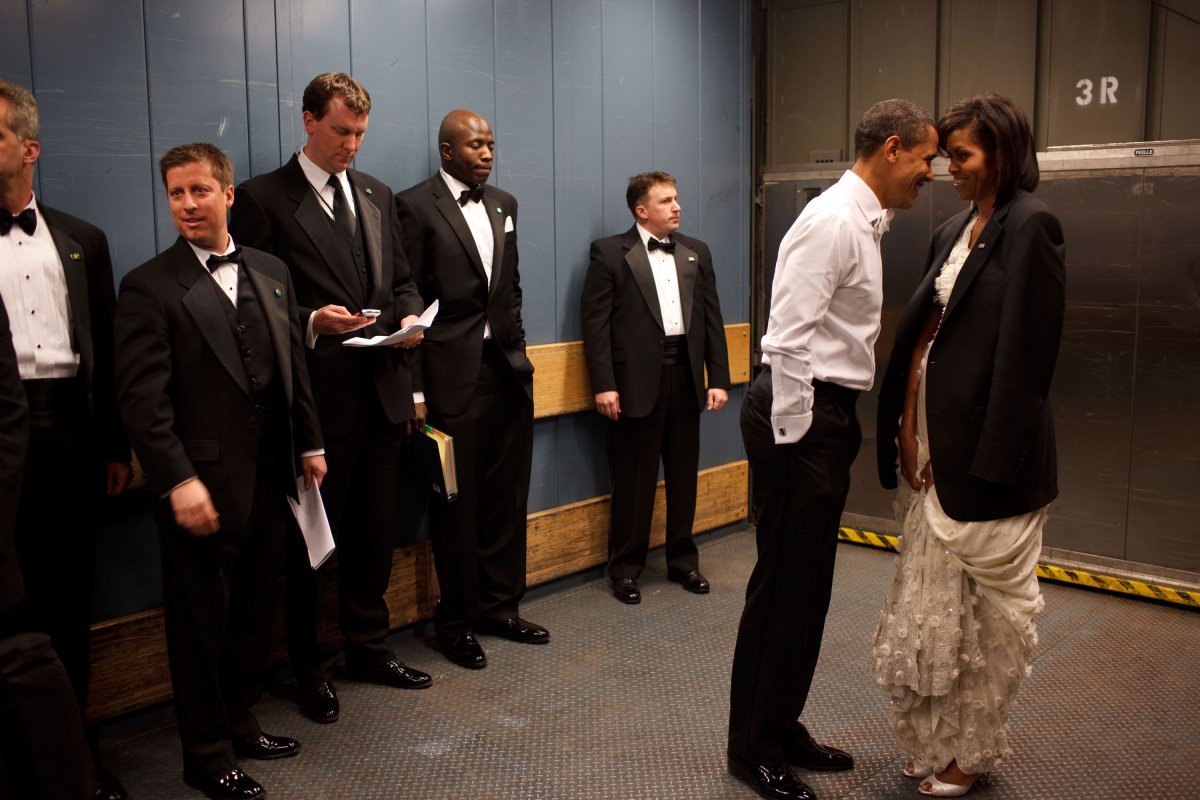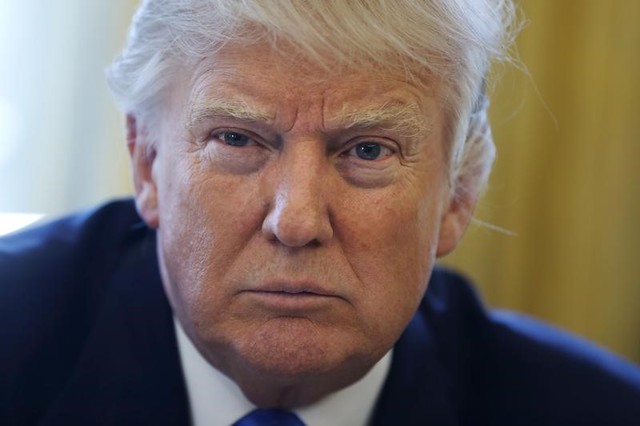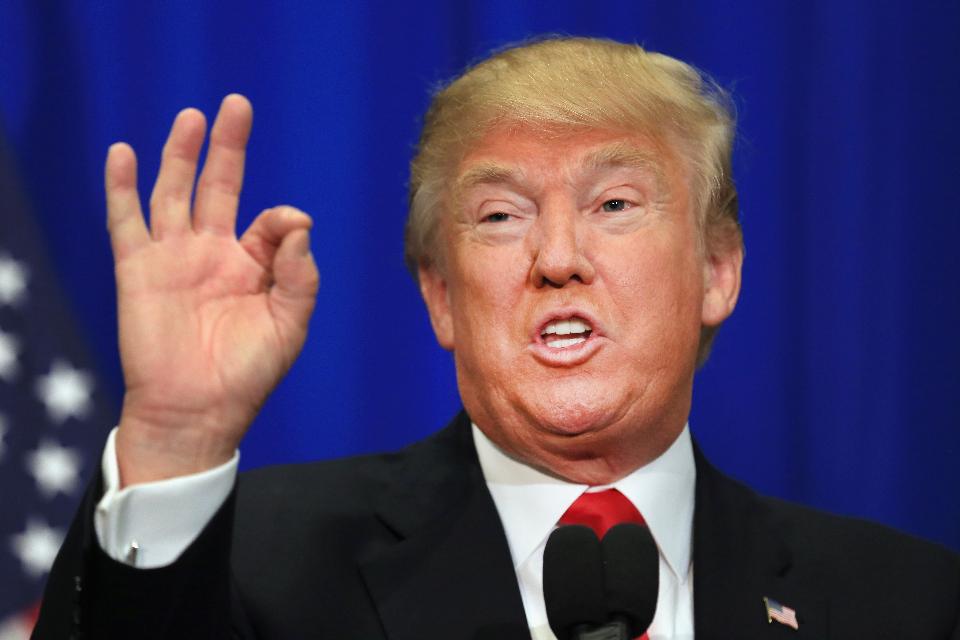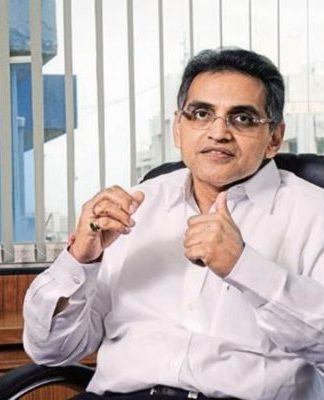I’m having lunch with Karina Longworth in an old cinema in Notting Hill when a man taps her on the shoulder. “I’m sorry, but do you do You Must Remember This podcast?” he asks. She nods. “Oh my god, I love it!” he screams. “I’m obsessed with the Charles Manson series. It’s such a pleasure to meet you!” It’s a strange kind of fame when your voice is recognisable enough for you to be stopped, half way through a hotdog, to discuss one of the 20th-century’s most notorious murderers. But it’s still a long way from the semi-celestial celebrity Longworth explores in her radio show, which tells the secret or forgotten stories of Hollywood’s first century, said Nell Frizzell in a blog post in The Gurdian.
The show, which sounds like a dreamy mix of film noir voiceover, 1940s gossip column and Pathe news broadcast, looks at the now lesser-known figures of Hollywood’s Golden Age; women like inventor of “the vamp” Theda Bara, whose agents claimed she was the daughter of an Arab sheik, born in the Sahara and growing up in the shadow of the Sphinx when in fact, she’d been born in Cincinnati, Ohio; or inventor of grunge Frances Farmer, an alcoholic communist committed to several mental health institutions who later became the subject of the Nirvana song Frances Farmer Will Have Her Revenge on Seattle.

There are also men like B-movie actor-turned-president Ronald Reagan, who used the McCarthy communist witch-hunts to propel his own career, or Val Lewton, who wrote a string of now-cultish horror movies including I Walked With a Zombie and The Leopard Man after losing his job as a society reporter when it emerged that a story he wrote about a truckload of kosher chickens dying in a New York heatwave was a total fabrication.
Then there’s the Charles Manson mini-series. “I thought I was just going to do one episode,” says Longworth, who came to the figure of Manson through his association with Doris Day’s son Terry Melcher, the record producer and eventual target of Manson’s murder conspiracy. “Then I realised there was a really interesting story there about Hollywood decline. Manson was one of these characters who comes to California to become famous, but in the late 1960s, when Hollywood was basically falling apart.”
One of the series’ most arresting images is of Manson hiding out in the caves and sheds of the abandoned film set, Spahn Ranch, surrounded by the dirty-haired, sexually-exploited girls known as The Manson Family who he collected as followers in the late 1960s, after a childhood spent in various correctional institutions. “He was a master manipulator, which he learned in prison,” says Longworth. “But I think the more fascinating part of it was that these women, well girls really, were teenagers. They were high on drugs and looking for someone to tell them what to do. It’s amazing that this whole counter-culture, which became mainstream for a while, was about men tricking women, having all the sex they want, then shrugging off all responsibility.”
Longworth grew up in Los Angeles and turns up to meet me dressed in a gold cardigan and full skirt, like something straight out of a 1950s edition of the Hollywood Reporter. For her, it was completely normal to see stars like Madonna, Sean Penn, John Travolta and Lauren Bacall on the front page of her local newspaper. But it’s the stories that didn’t make the front page – that have been hushed up, forgotten or suppressed by the industry – that most interest Longworth and her millions of listeners. To find her stories, she reads endless old books, biographies, interviews and newspaper reports, and watches hours of long-forgotten movies and retrospective documentaries.
One of the topics that runs through the podcast is the idea of women as commodities. “It’s not all that different from how it is now,” says Longworth, “but today it’s just less obvious.” Partly, of course, because the women’s liberation movement of the 1960s made female sexuality more widely accepted, and partly because a woman’s earning power is now less strictly tied to her so-called “moral calibre”. I ask her about the myths of the casting couch – the women who slept their way to the top. “I read more stories of women who got involved with a powerful man but it didn’t make them a star,” she says. “Marilyn Monroe may have got involved with a series of men and slowly moved her way up, but you can’t deny that thing she had when she got in front of a camera. I don’t know how much using sex is a successful strategy, but it says a lot that people still talk about it as though it is.”

Instead of merely making an episode about the legendary aviator, director and millionaire eccentric Howard Hughes, Longworth uses him to talk about many of the age’s leading ladies with whom he was involved, from Katharine Hepburn to Jean Harlow. “It’s a rubric to tell the story of a lot of fascinating women,” says Longworth. “He arrives in Hollywood in 1925 and starts to disappear in the 1950s, so you can use him to tell the story of Hollywood in that era.” Which is precisely what she’s doing in her upcoming book, which will chart the love affairs of the enigmatic film-maker and pilot who once used his understanding of aeronautical engineering to design Jane Russell a more supportive bra.
To read the full story click here: https://www.theguardian.com/tv-and-radio/2016/jul/05/you-must-remember-this-the-woman-spilling-hollywood-secrets-marilyn-monroe-charlie-chaplin?CMP=fb_a-culture_b-gdnculture
Sourced from Agencies, Featured Image Courtesy: blog.longreads.com


